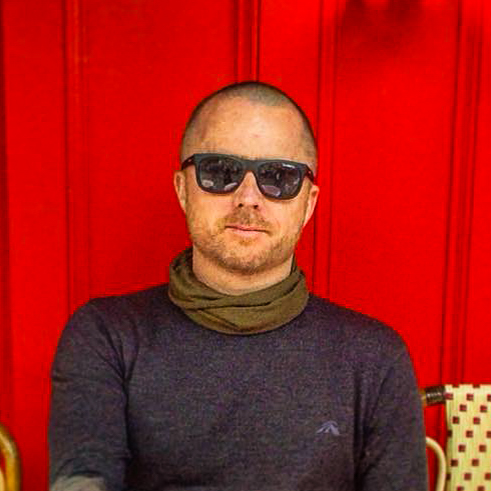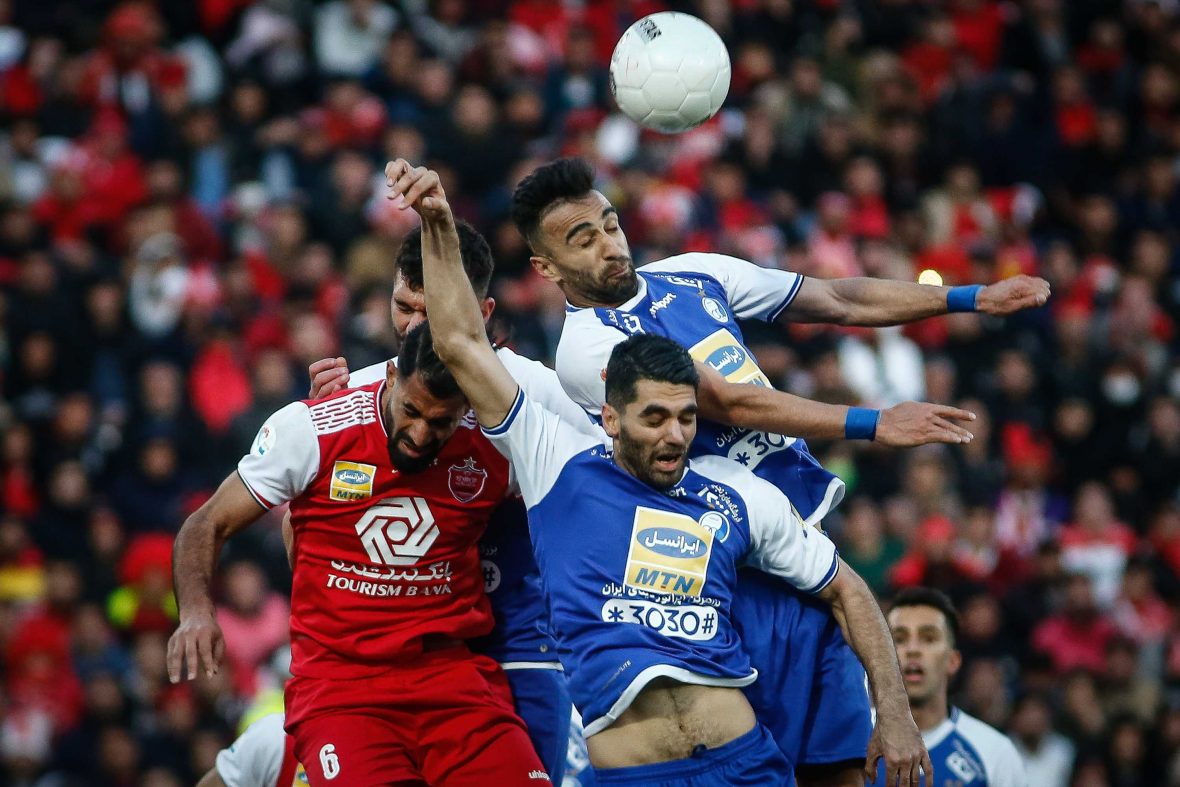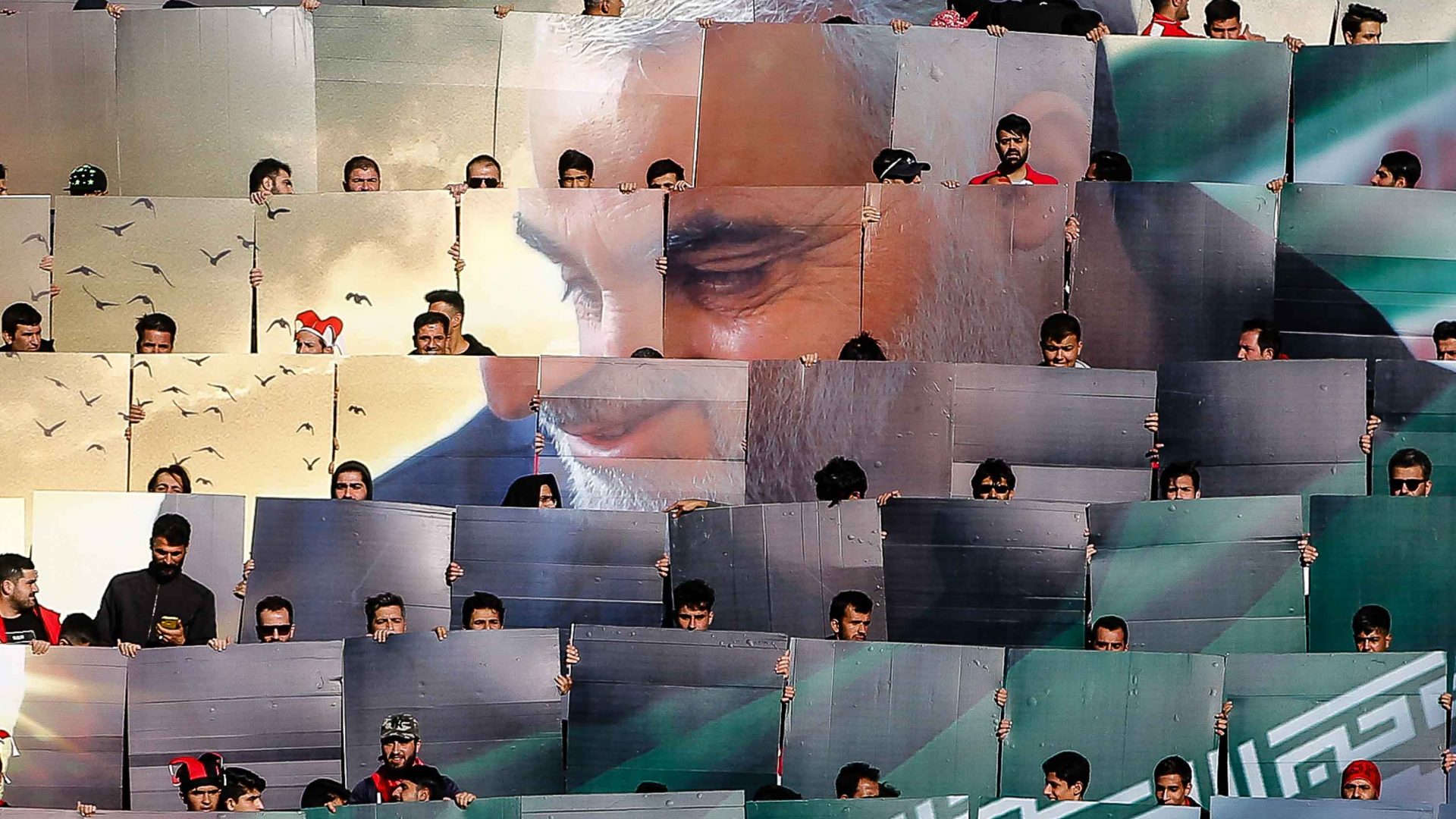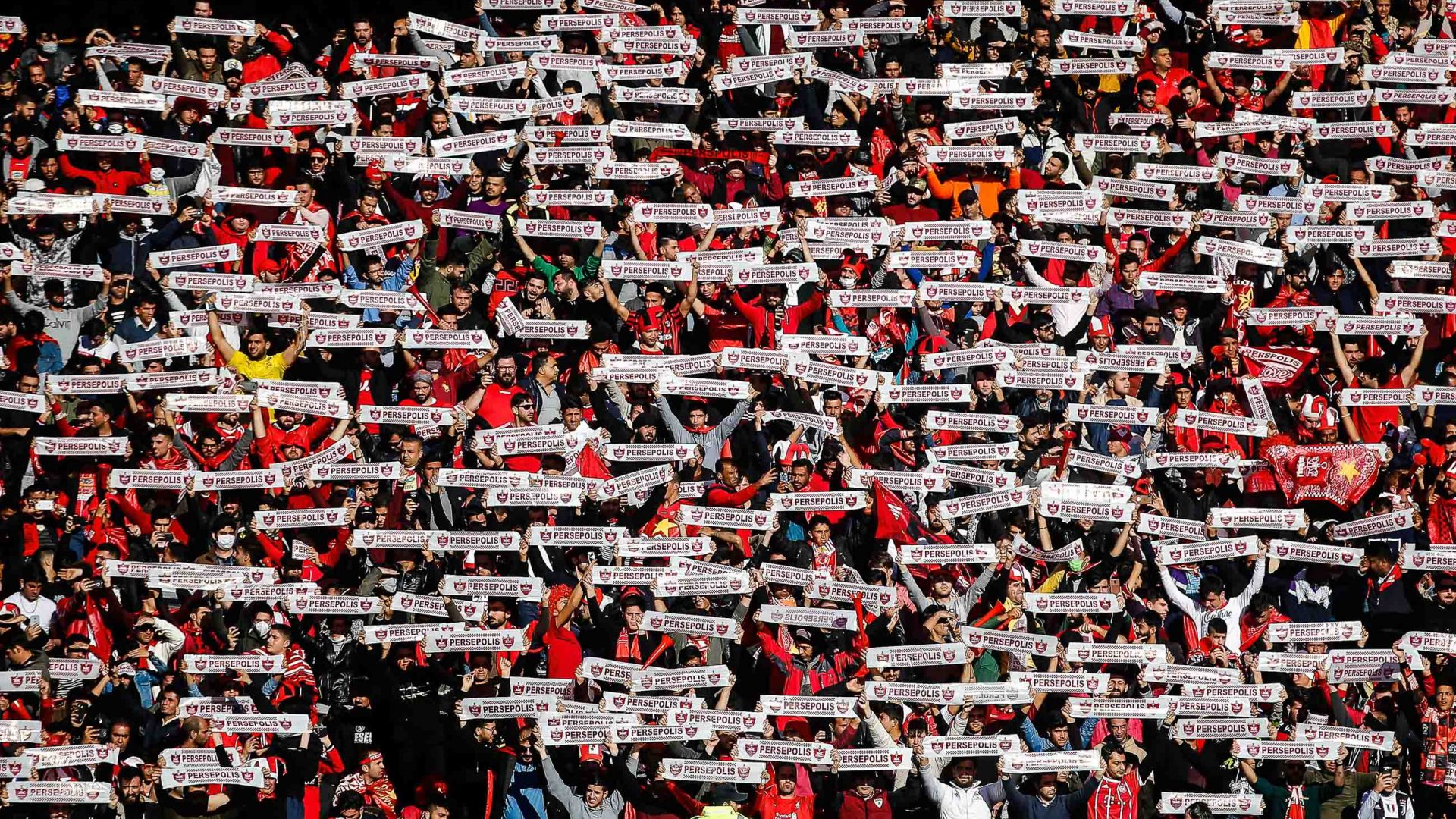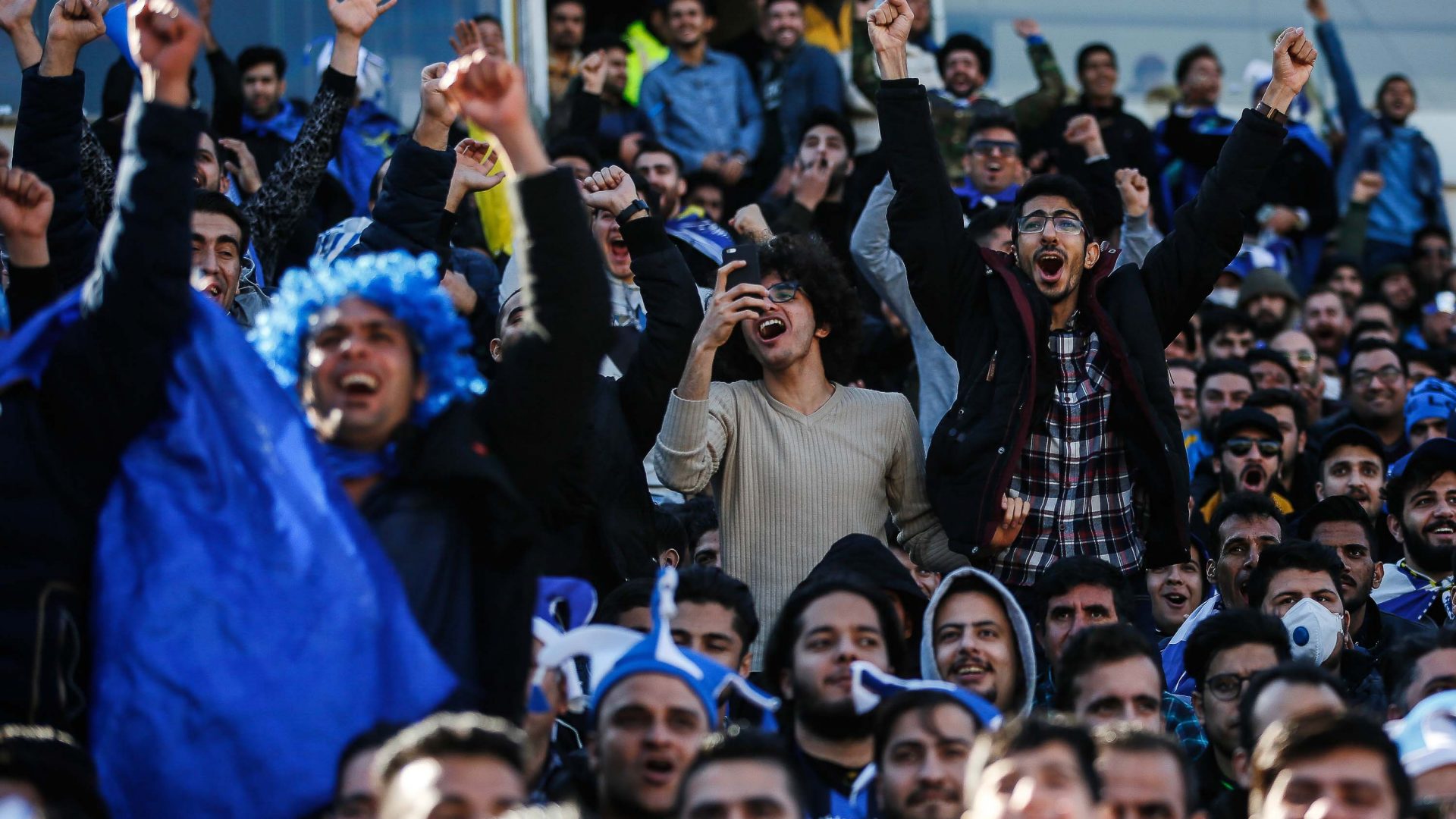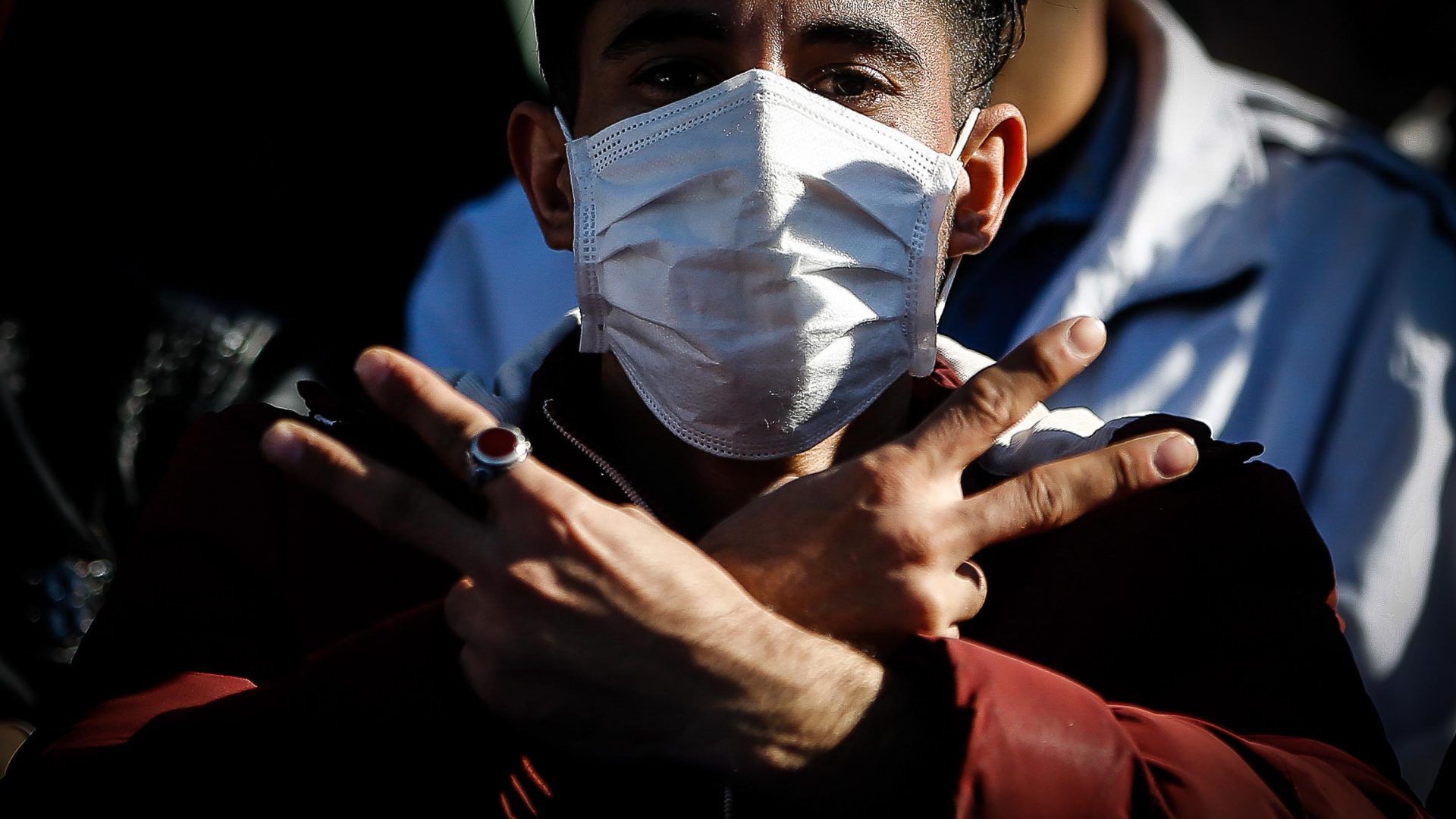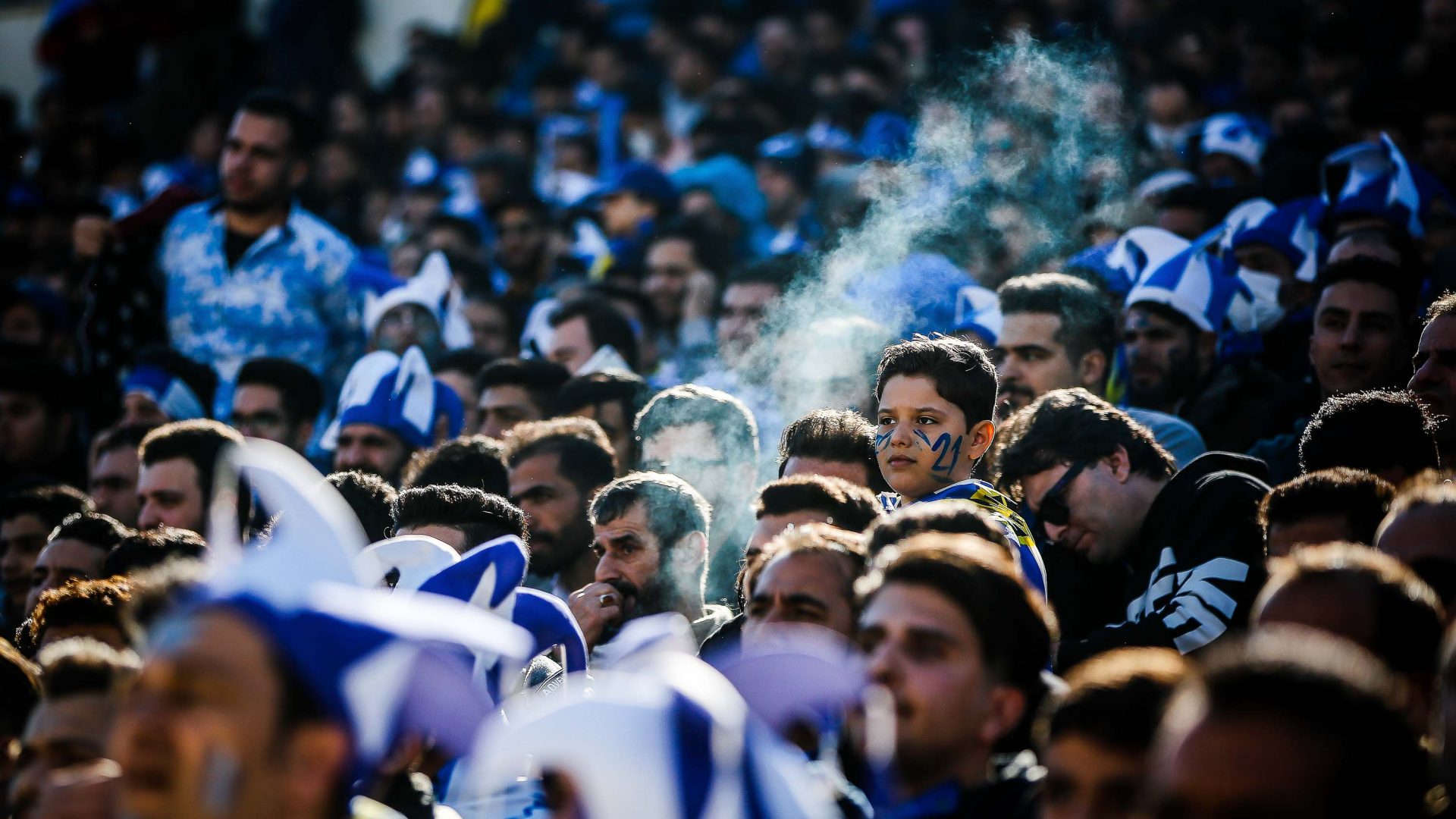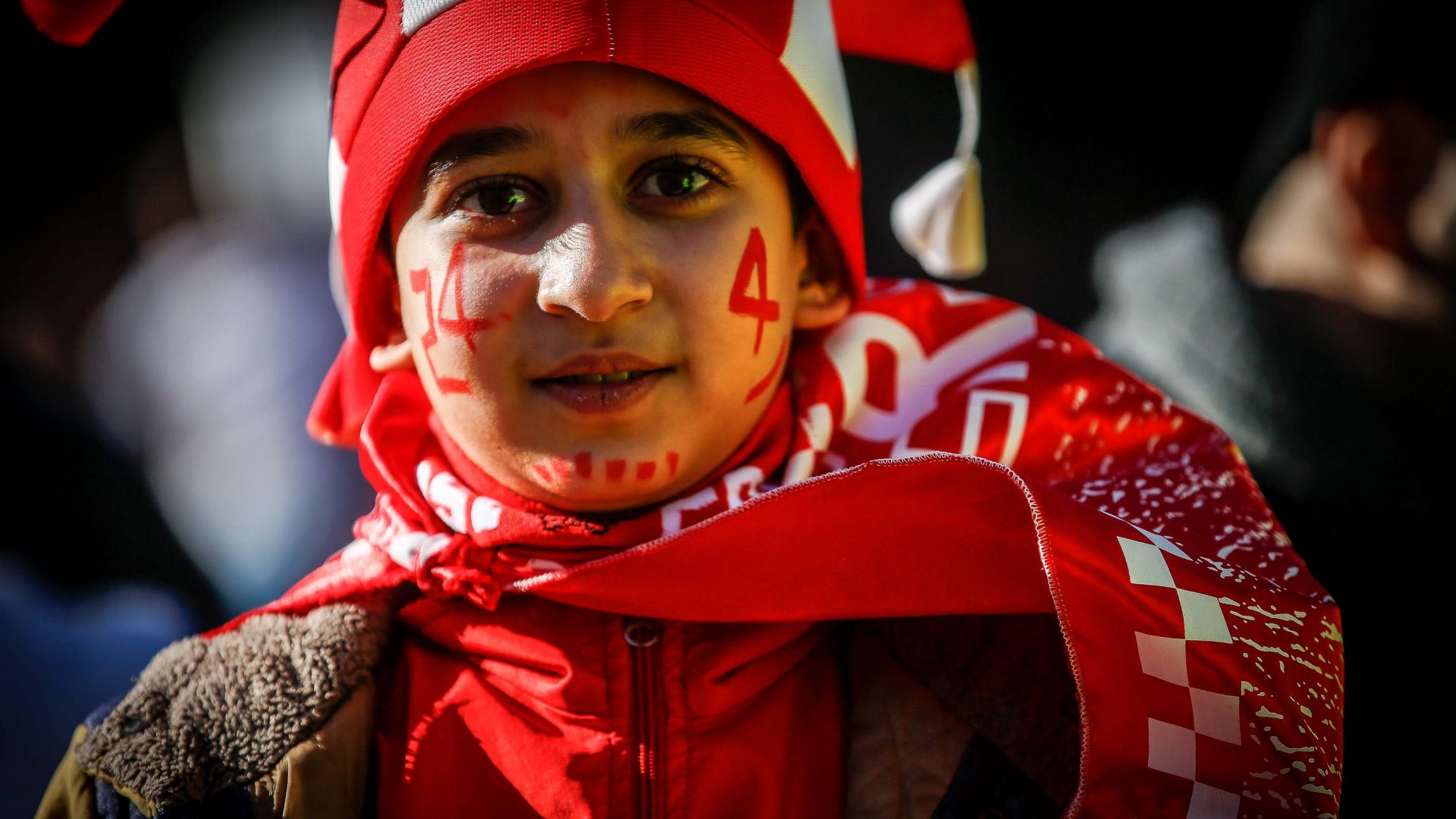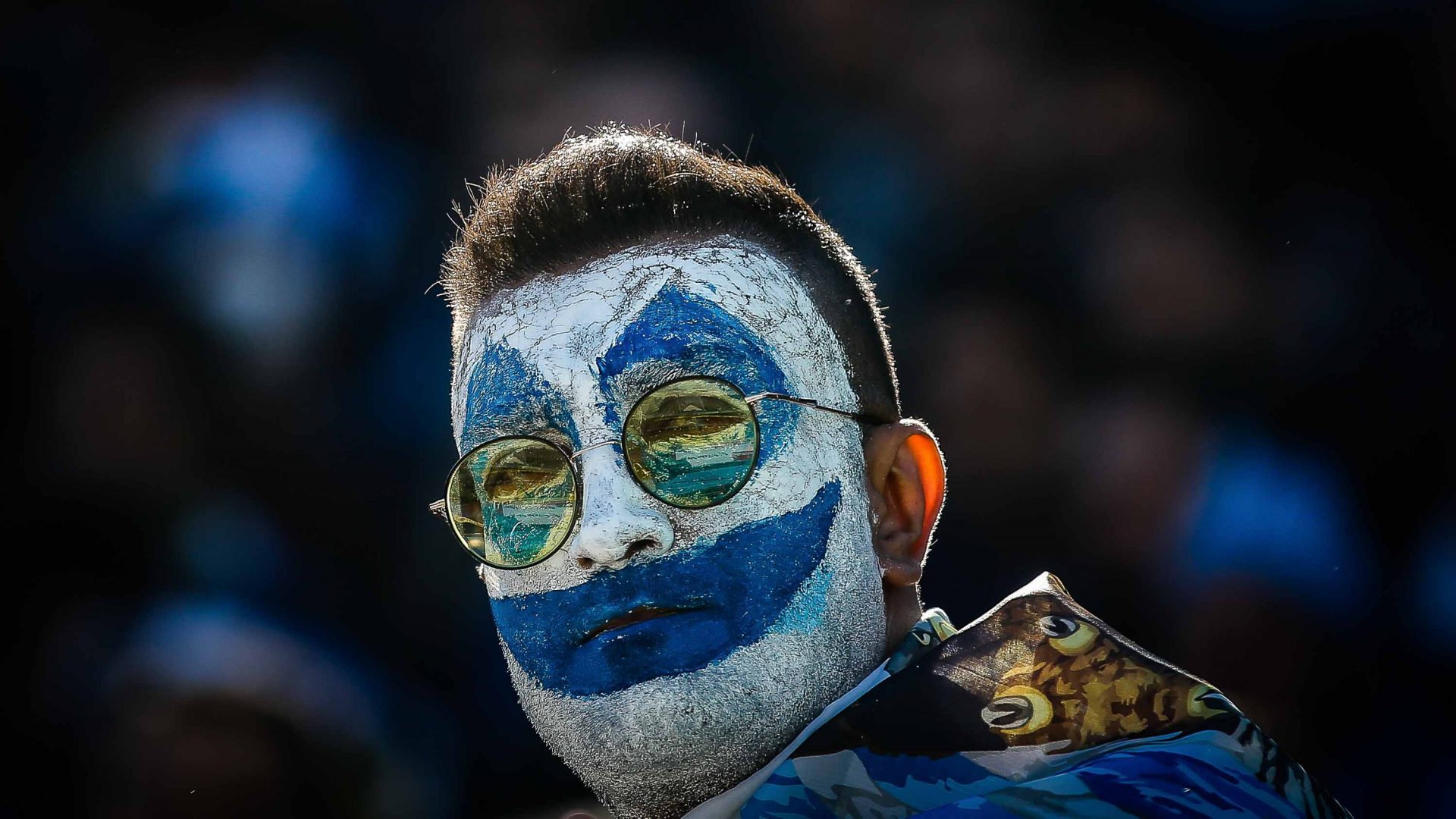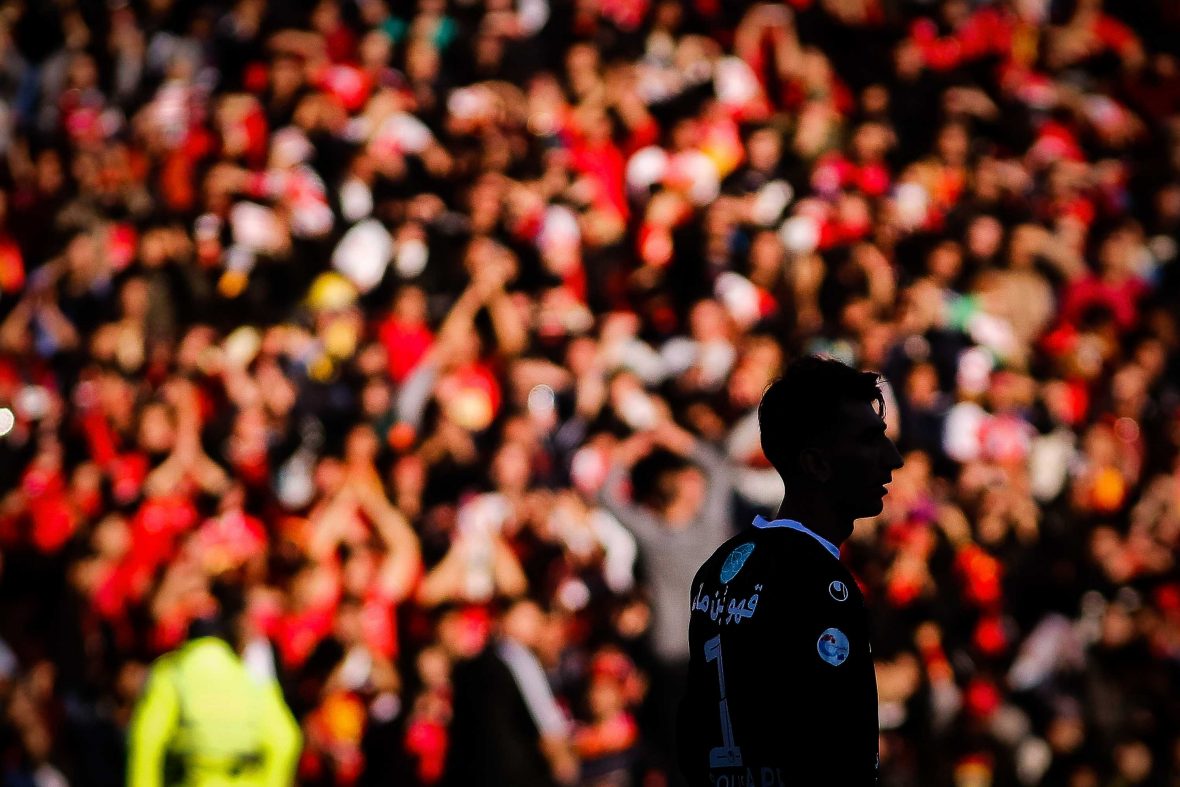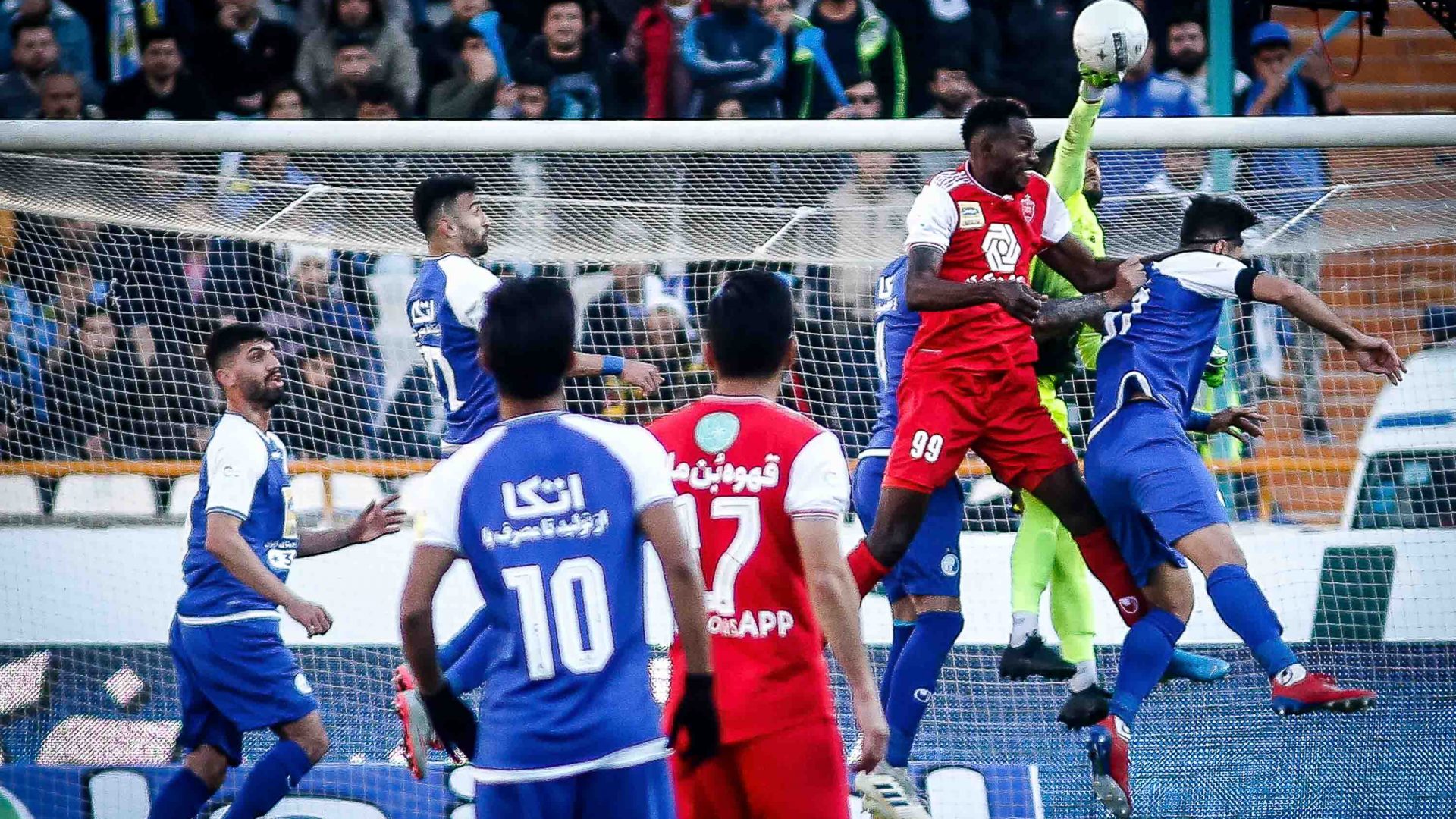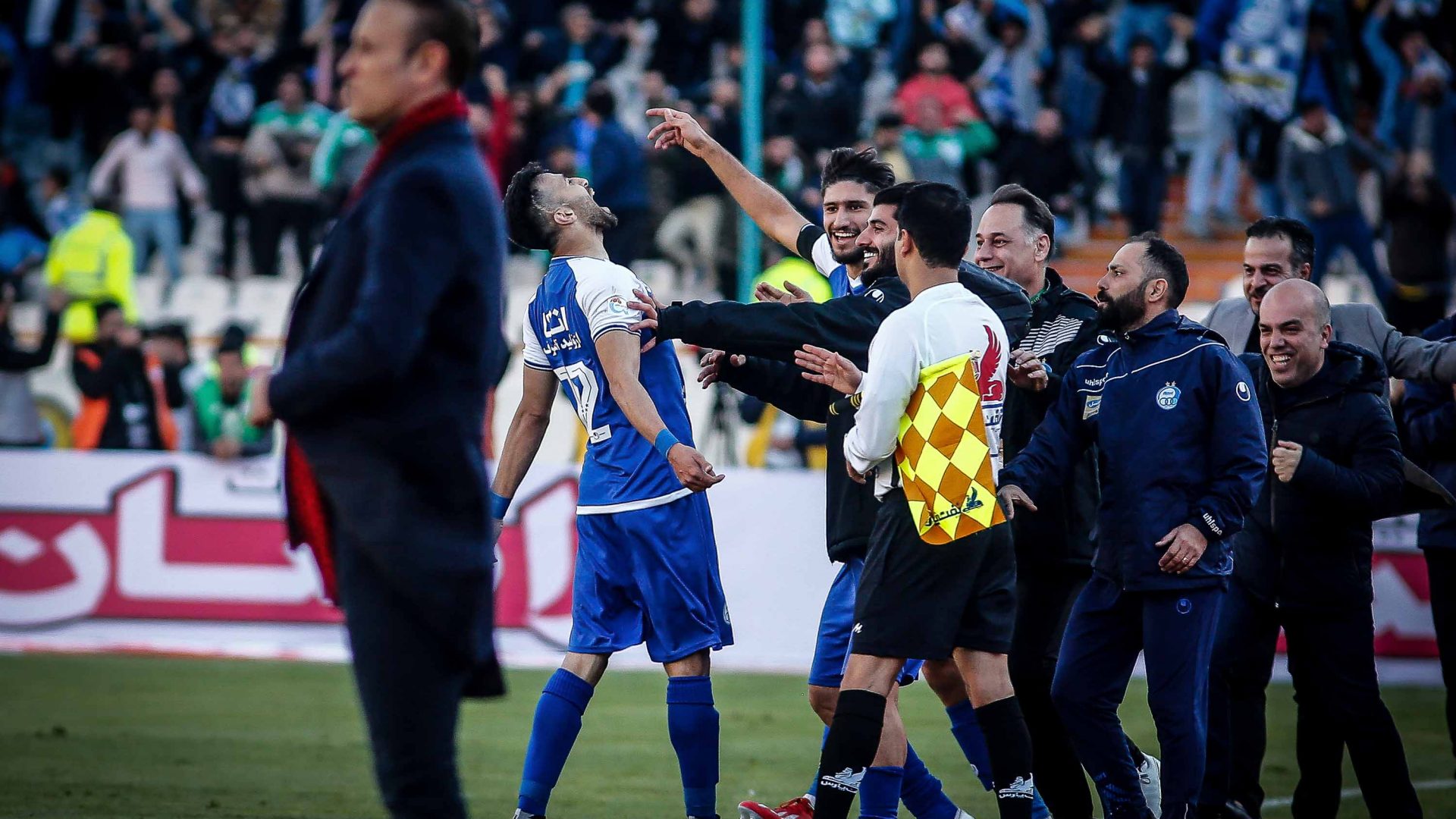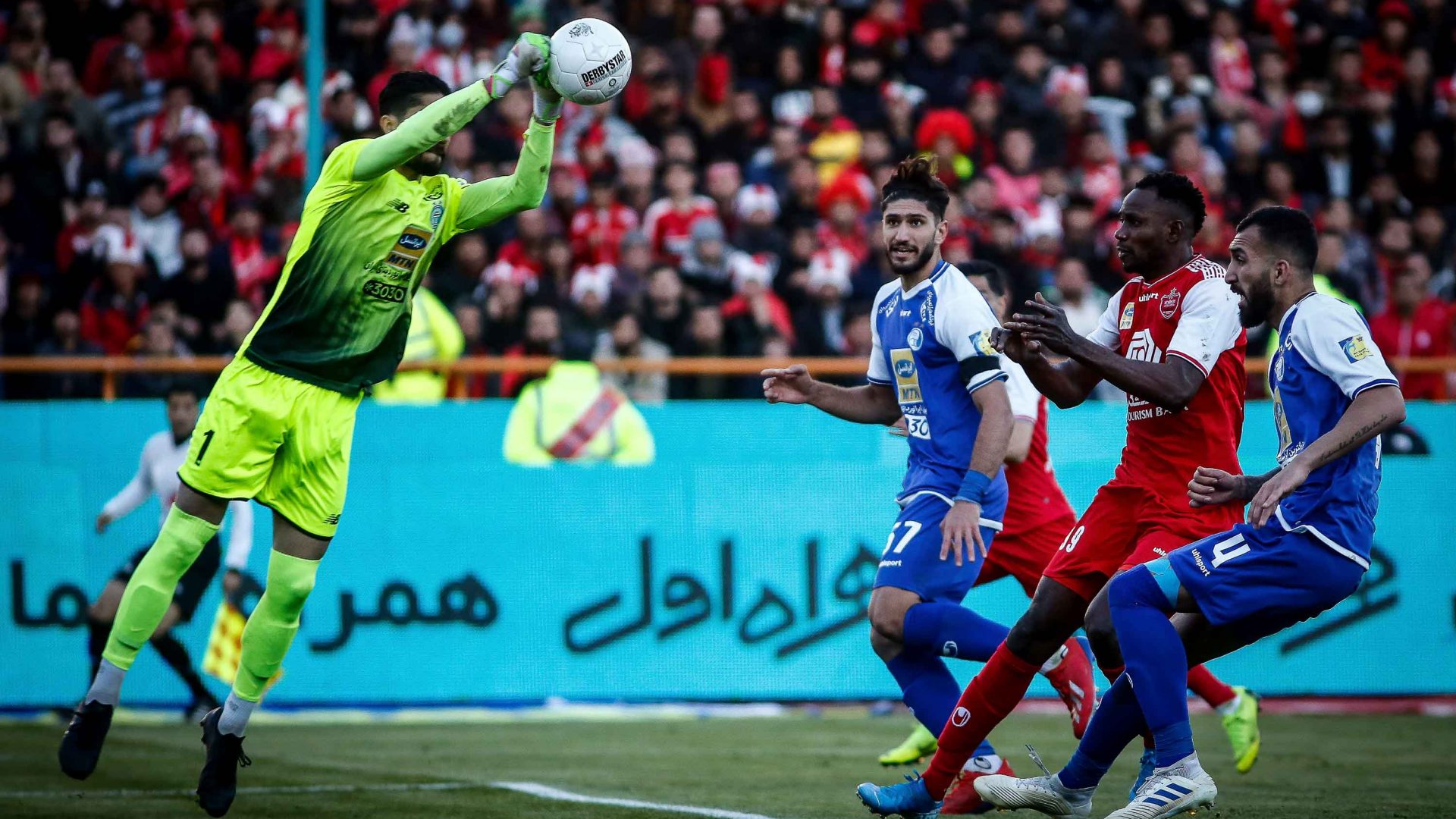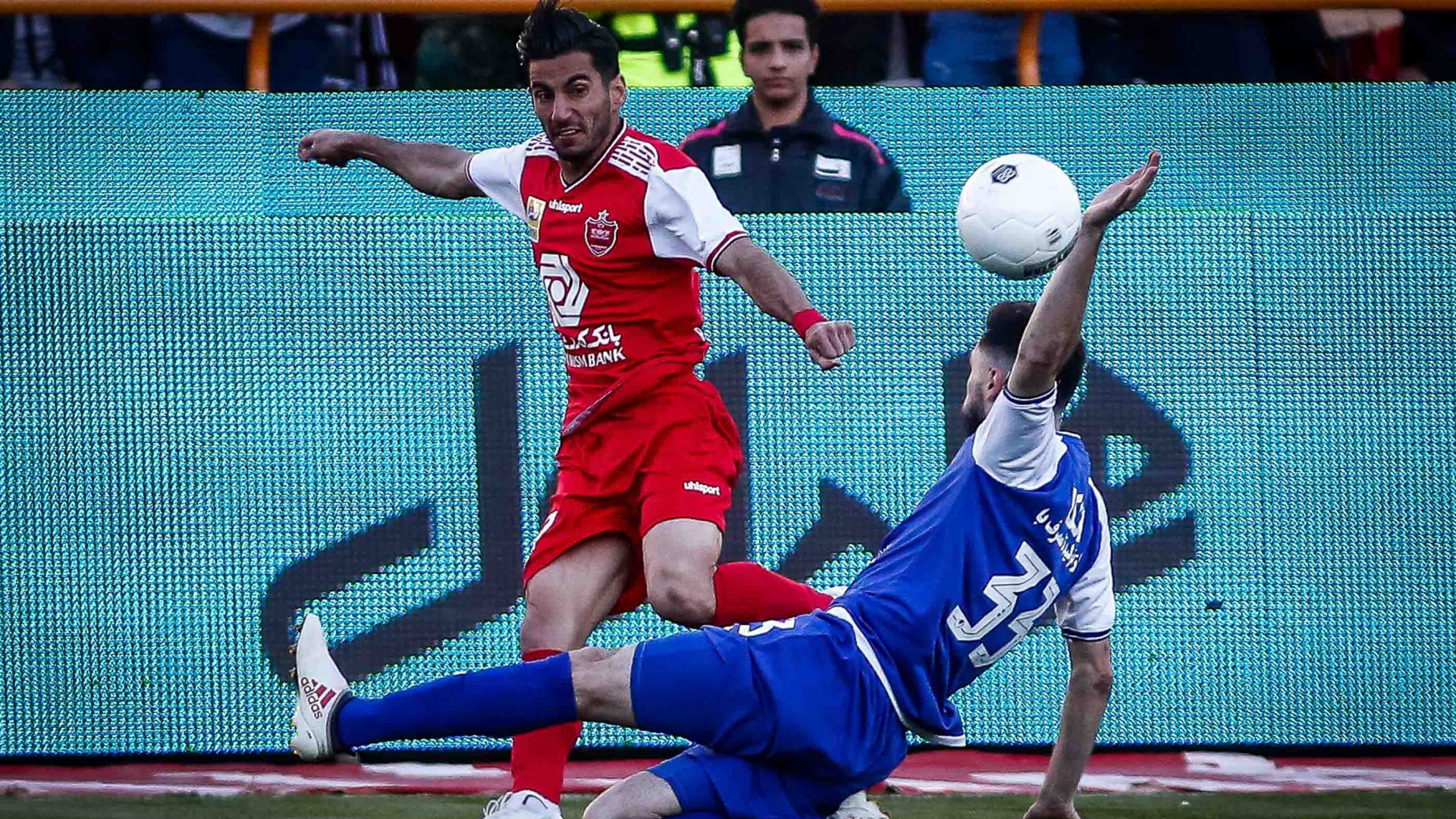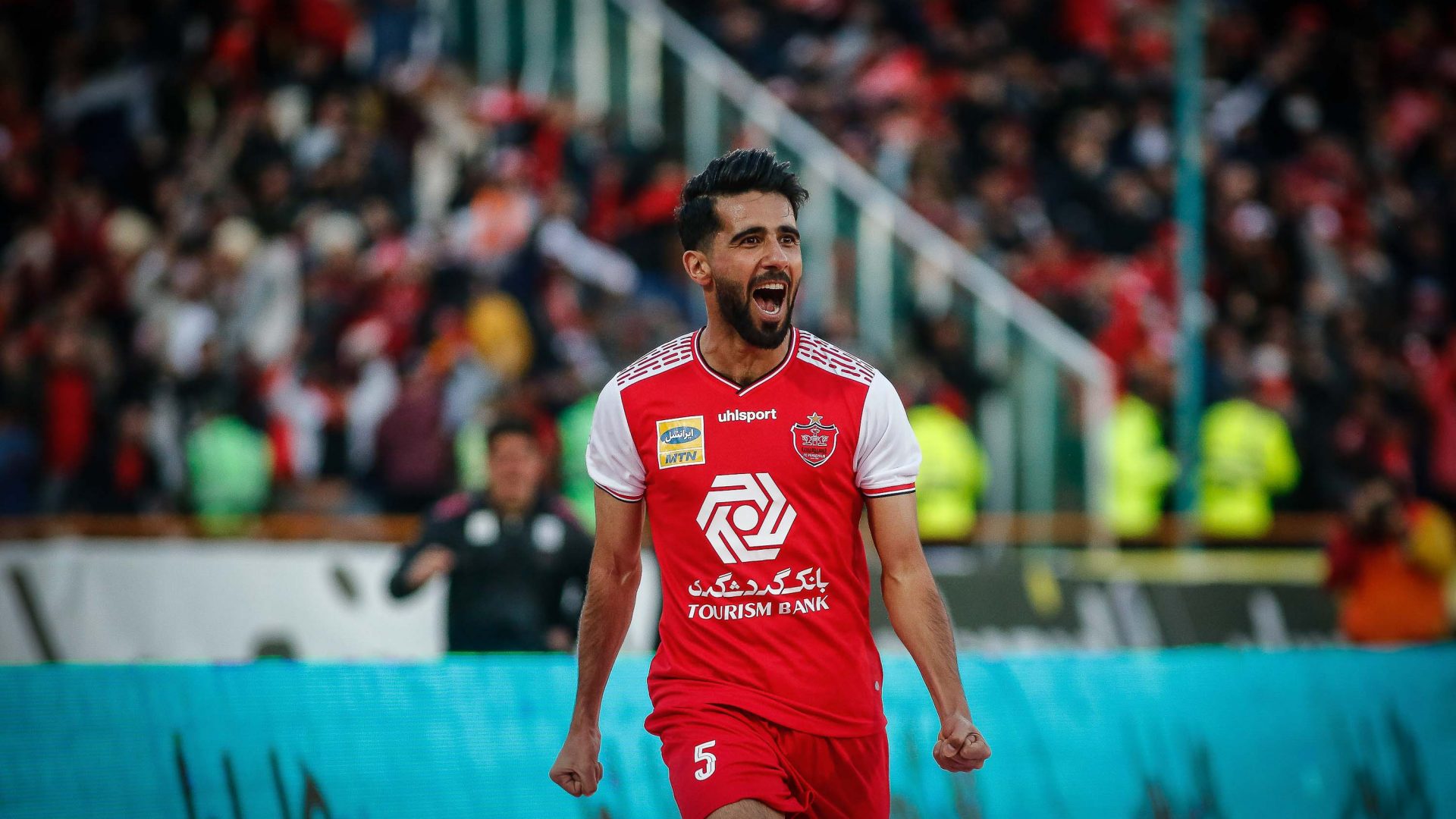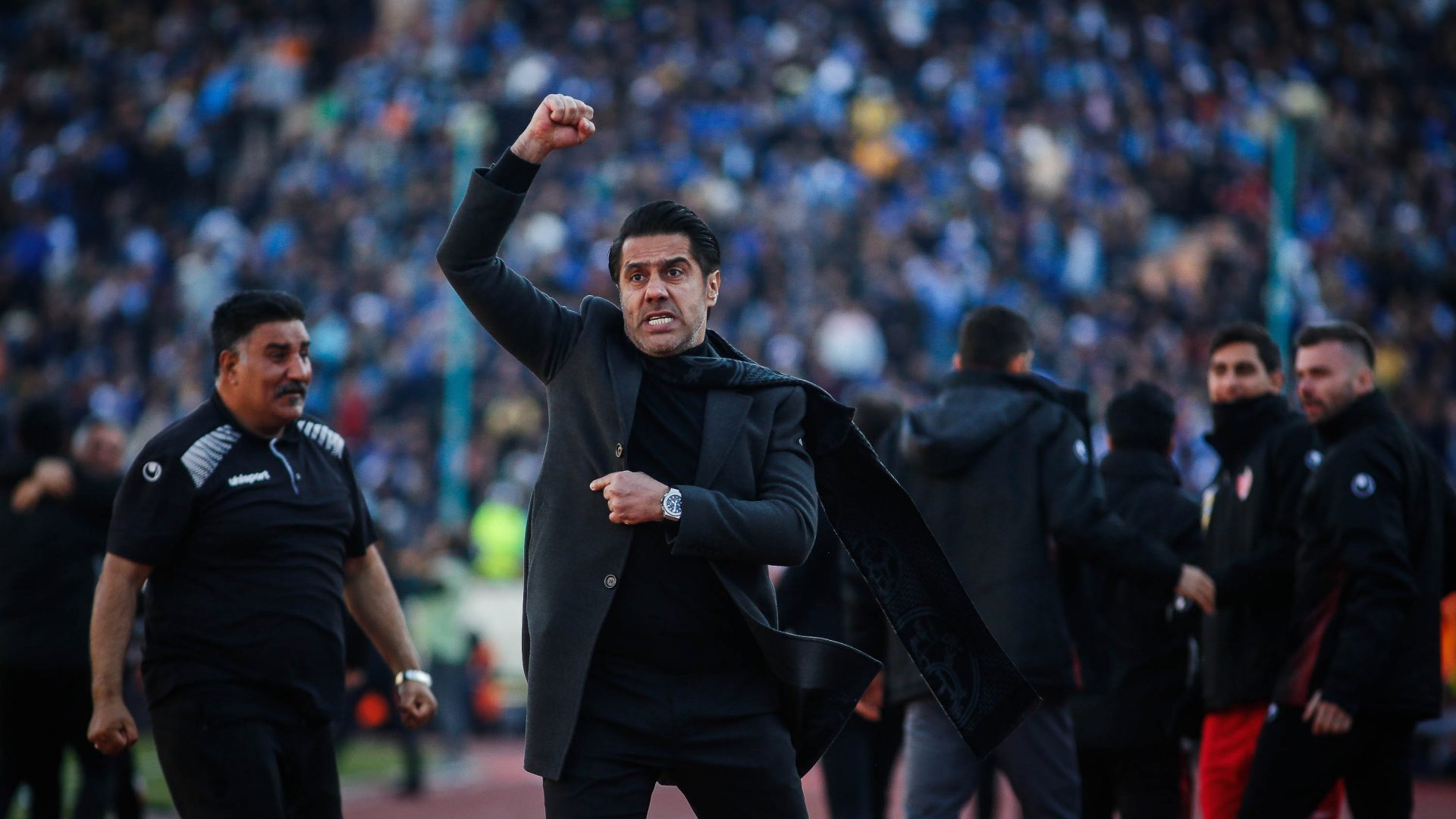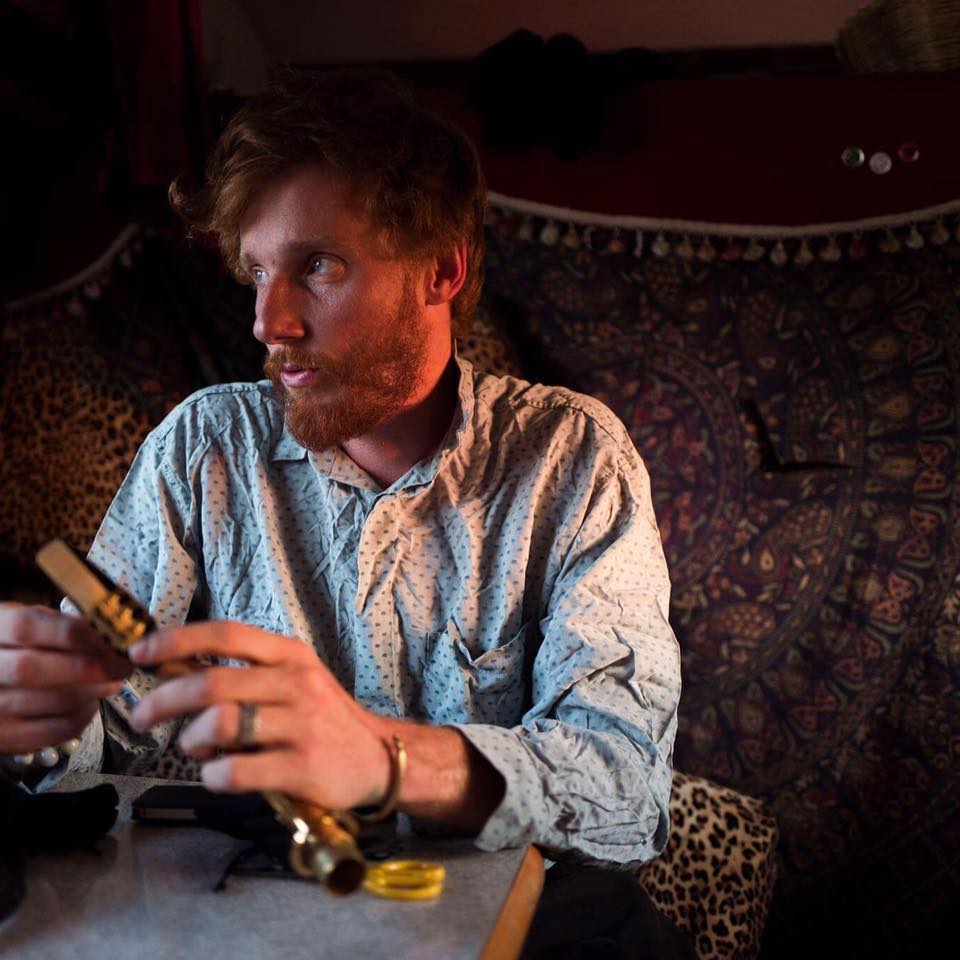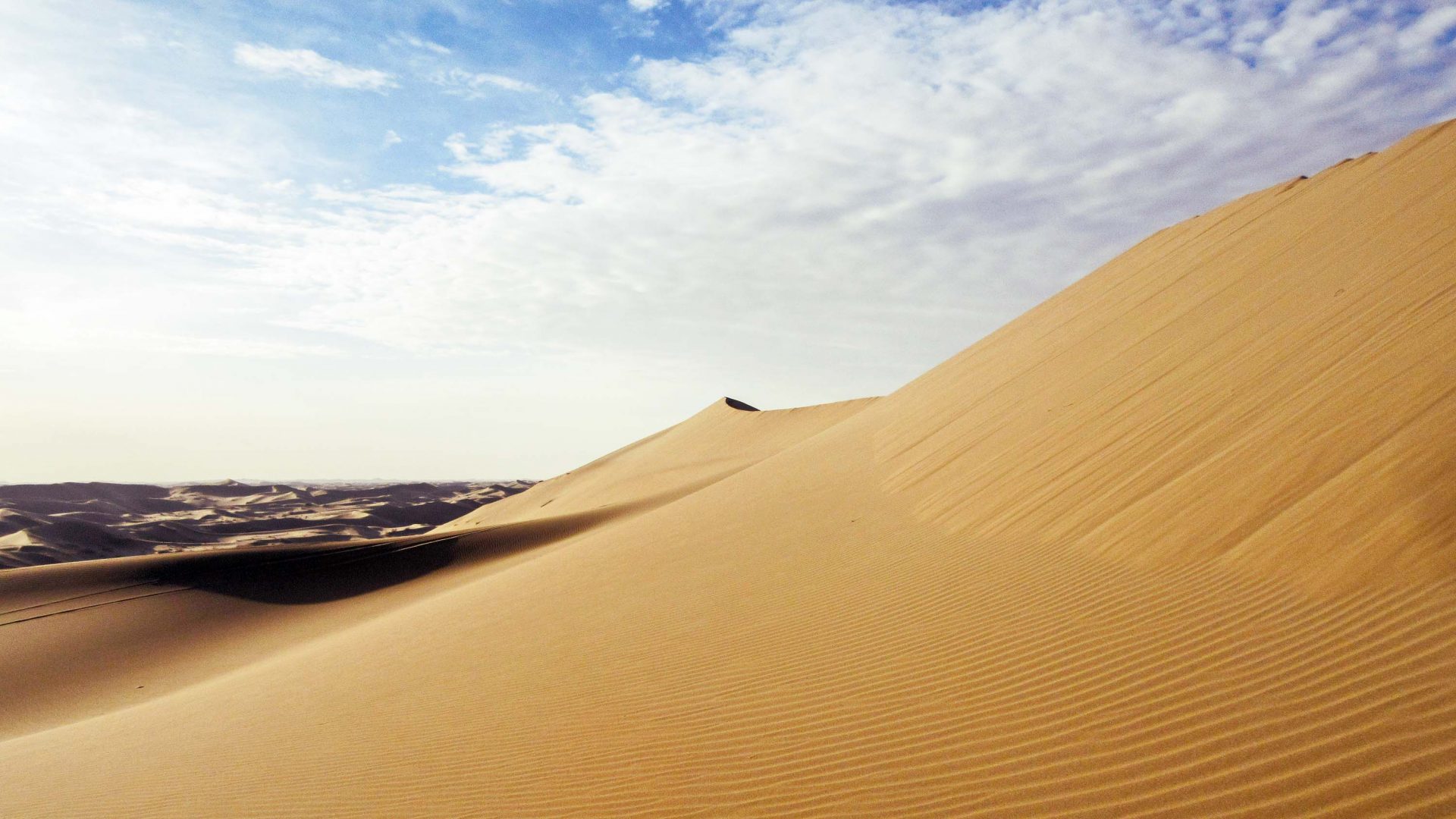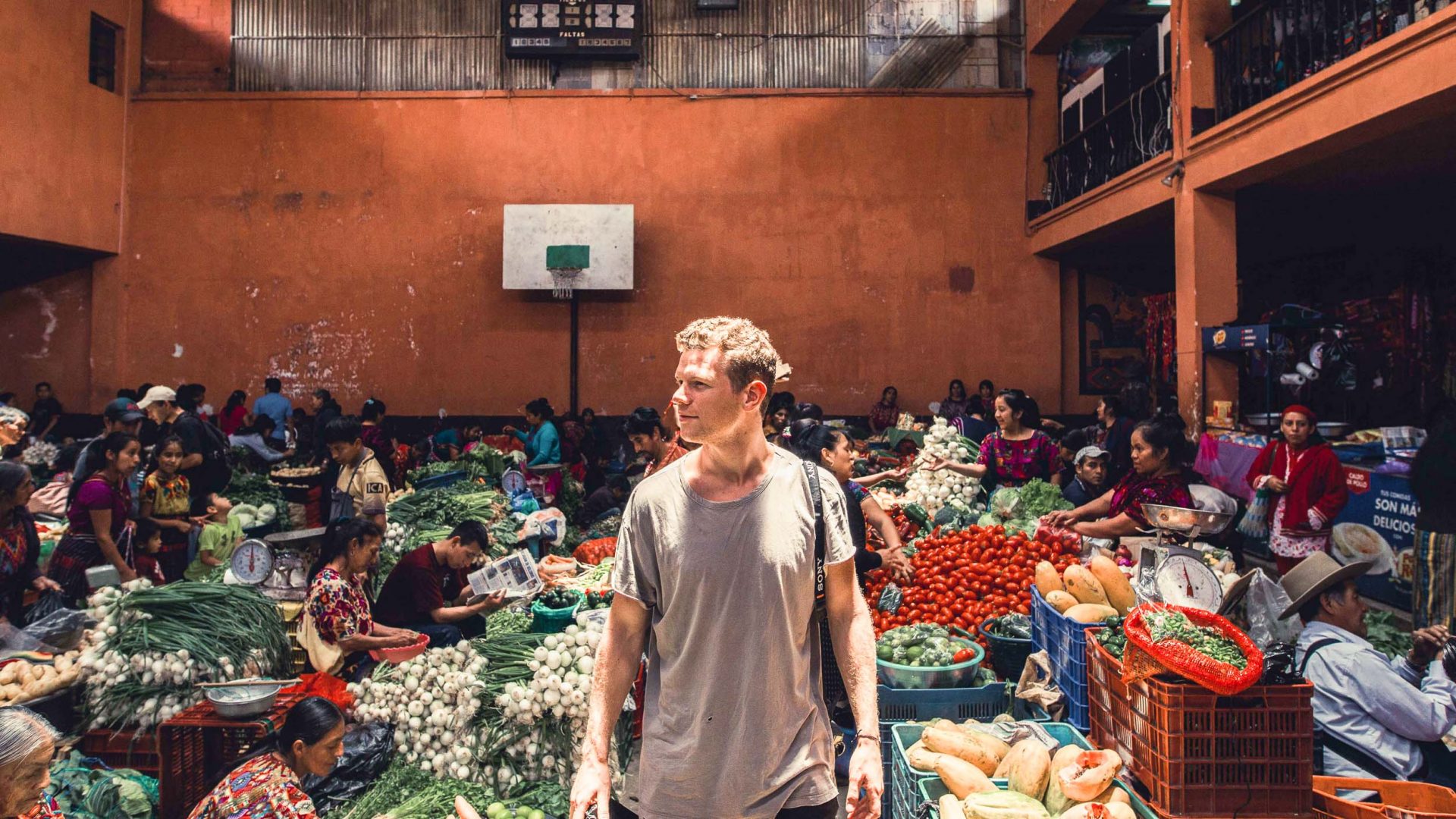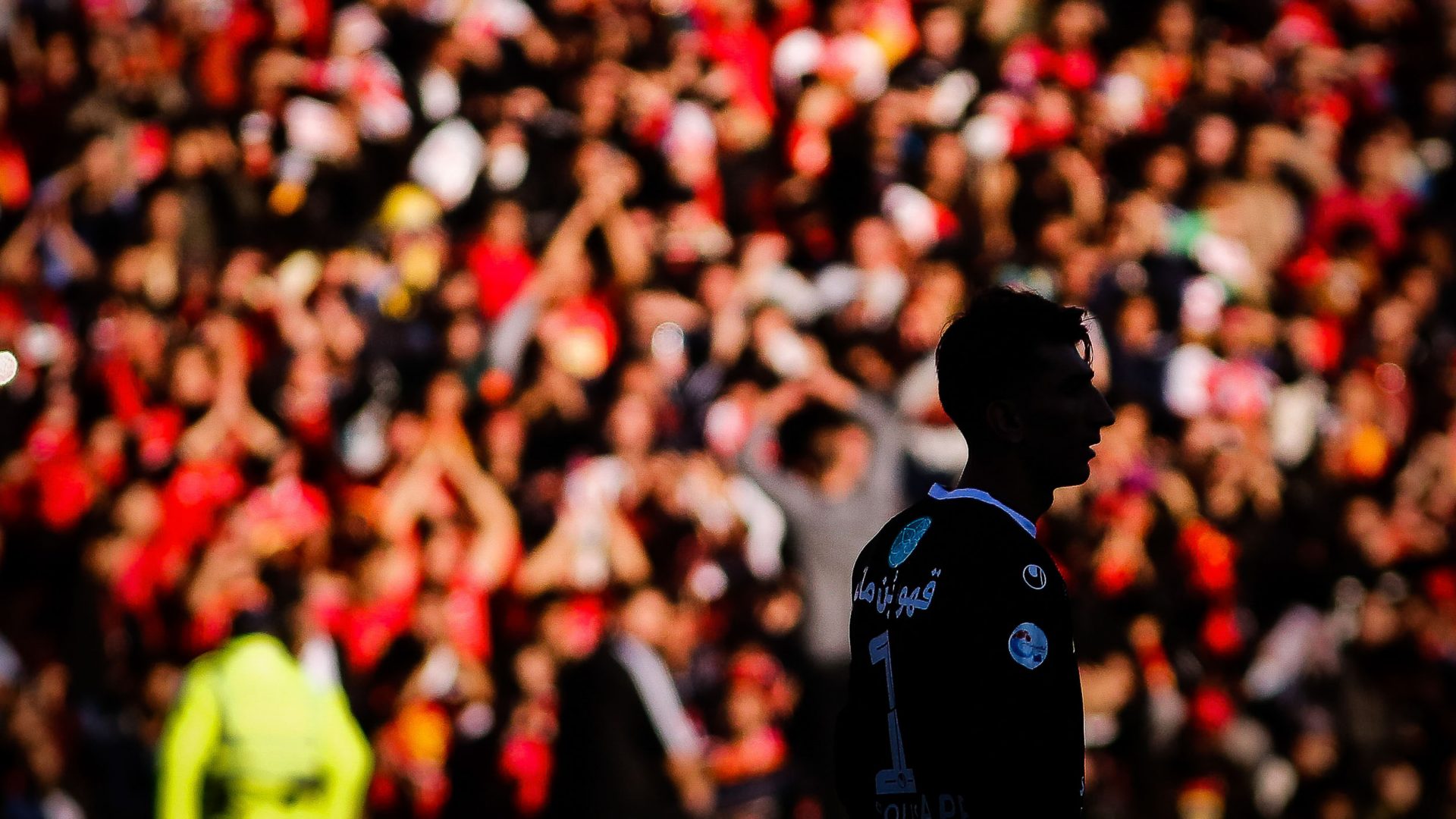
Editors note: COVID-19 has changed Iran in ways far beyond the sombre statistics, truncating the close family and community interactions that are fundamental to Persian culture. Coming together is in this hospitable country’s DNA. And perhaps the largest release of all, at least for Iran’s men (currently), is attending Tehran’s exhilarating premiere football derby.
Just before the pandemic began, Steve Madgwick immersed himself into the thick of the action, squashed in with upwards of 78 thousands Iranians. With crowds temporarily frozen out of the Big Game, here is a rare retrospective into a very different derby, and a very different Iran.
—
On any given non-holy-day, Tehran appears to hyperventilate, like it’s trying to wring oxygen from the syrupy atmosphere that its eight-million-plus souls expel and depend on.
Directly north, the snow-heavy Alborz Mountains parentally supervise the slow-motion stampede of ‘development’, humanity and French-made cars with perennial stoicism, indifferent to the urgency of it all.
Not today, however. Today, a year or so before the COVID-19 pandemic would change this scene beyond recognition, as the afternoon shadows stretch, the Iranian capital’s palpitating pace falls into curious flux; goes still, as the city readies itself for what comes next.
It’s Derby Day, when Tehran’s largest soccer clubs, Persepolis F.C. and Esteghlal F.C., clash in Iran’s premier football competition, the Persian Gulf Pro League.
